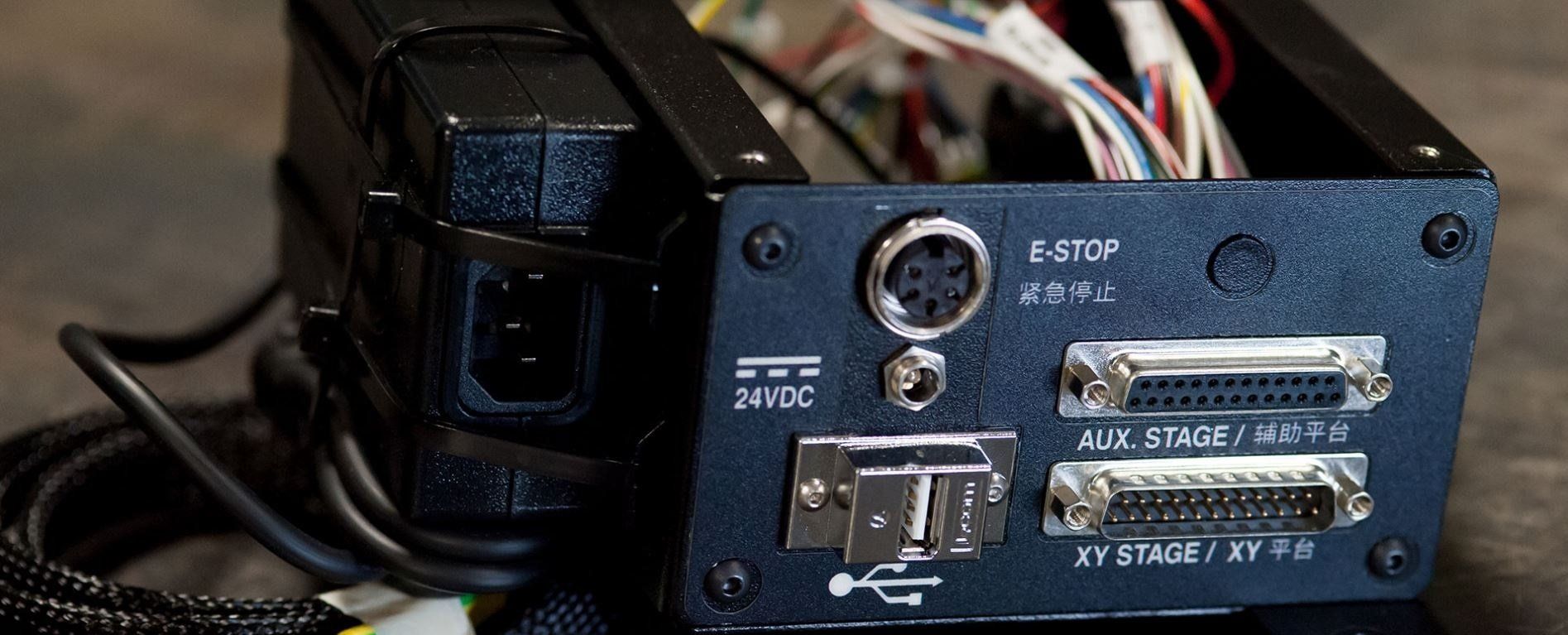The Evolution of Quartz Crystal Oscators: Past, Present, and Future
Quartz crystal oscillators (QCOs) have been a crucial component in electronic devices for decades, providing a stable clock signal that enables precise timing and frequency control. From their humble beginnings to the present day, QCOs have undergone significant transformations, driven by advances in materials science, manufacturing techniques, and market demands. In this article, we'll delve into the evolution of quartz crystal oscillators, exploring their past, present, and future.
The Early Days: 1920s-1950s
The concept of using quartz crystals for frequency control dates back to the 1920s. Researchers discovered that quartz crystals, when excited by an electric current, could produce a stable frequency signal. This phenomenon, known as piezoelectricity, laid the foundation for the development of QCOs.
In the 1950s, the first quartz crystal oscillators were introduced, primarily used in military and telecommunications applications. These early QCOs were relatively large, expensive, and prone to frequency drift.
The Golden Age: 1960s-1980s
The 1960s marked the beginning of the golden age for QCOs. Advances in quartz crystal growth, cutting, and polishing techniques led to improved frequency stability and reduced production costs. This, in turn, enabled the widespread adoption of QCOs in various industries, including consumer electronics, aerospace, and automotive.
During this period, QCOs underwent significant design and packaging innovations, such as the introduction of metal packages, surface-mount technology, and voltage-controlled oscillators (VCOs).
Modern Era: 1990s-Present
The 1990s saw the emergence of new technologies that further transformed the QCO landscape. Some notable developments include:
1. AT-Cut Quartz Crystals: The introduction of AT-cut quartz crystals, which offered improved frequency stability and reduced aging effects.
2. Surface-Acoustic Wave (SAW) Technology: SAW technology enabled the creation of smaller, more stable QCOs with improved frequency accuracy.
3. MEMS-Based QCOs: The development of microelectromechanical systems (MEMS)-based QCOs, which offered enhanced performance, reduced size, and lower power consumption.
Today, QCOs are ubiquitous in modern electronics, found in applications ranging from smartphones and laptops to medical devices and industrial control systems.
Future Outlook
As technology continues to advance, QCOs will likely undergo further transformations. Some potential trends and developments on the horizon include:
1. Increased Integration: Further integration of QCOs with other components, such as microcontrollers and sensors, to create more compact and efficient systems.
2. Advanced Materials: The exploration of new materials and technologies, such as graphene and nanomaterials, to improve QCO performance and reduce size.
3. Wireless and Wearable Applications: The growing demand for wireless and wearable devices will drive the development of smaller, more power-efficient QCOs.
4. IoT and 5G: The proliferation of IoT devices and 5G networks will require QCOs with improved frequency stability, accuracy, and reliability.
In conclusion, the evolution of quartz crystal oscillators has been a remarkable journey, marked by significant technological advancements and innovations. As we look to the future, it's clear that QCOs will continue to play a vital role in shaping the electronics landscape.
About US Electronics
US Electronics is a leading provider of quartz crystal oscillators and other electronic components. With a commitment to quality, innovation, and customer satisfaction, we supply QCOs to a wide range of industries and applications. Contact us today to learn more about our products and services.









